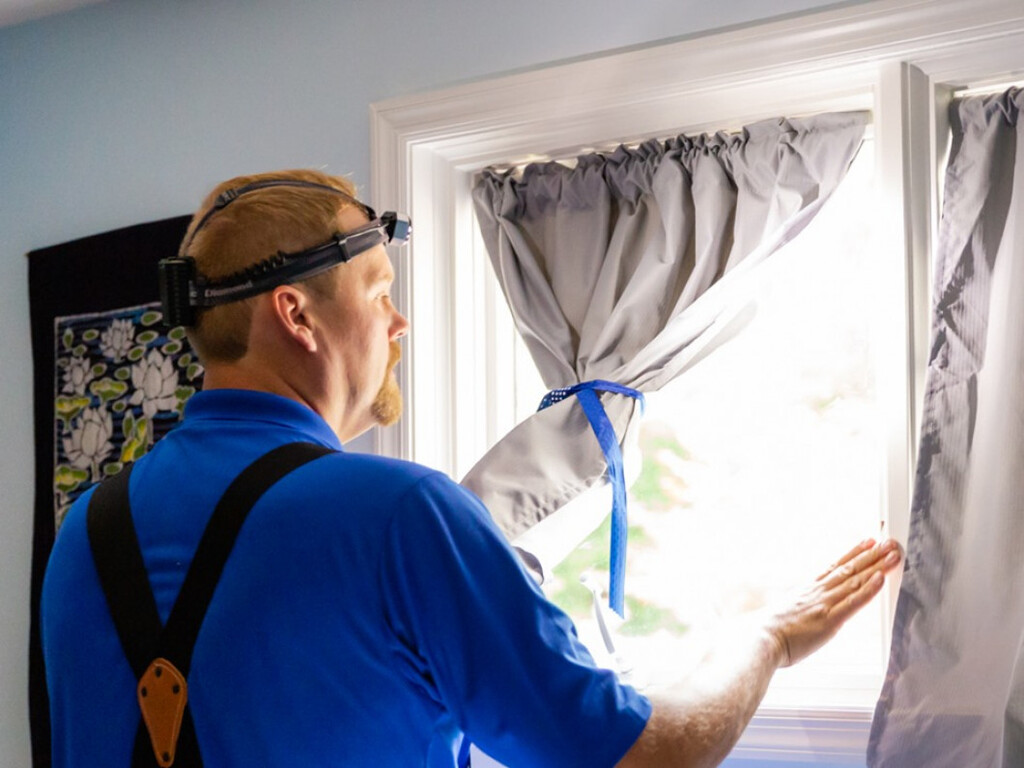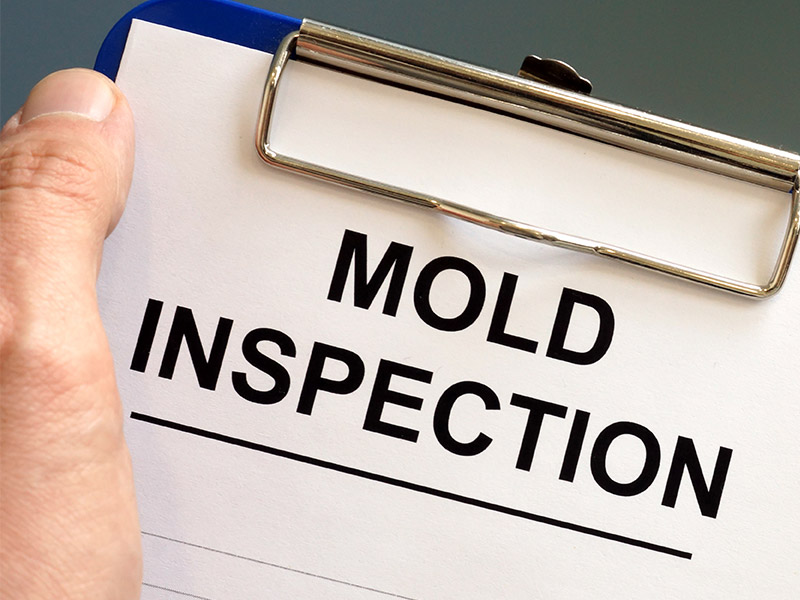Improve Your Safety Methods with Expert Mycotoxin testing Services
Improve Your Safety Methods with Expert Mycotoxin testing Services
Blog Article
Ensuring Conformity With Regulations: the Role of Mycotoxin Examining in Quality Assurance
Ensuring conformity with strict regulations is extremely important for maintaining food safety and security, and the function of mycotoxin screening in quality control can not be overstated. Mycotoxins, poisonous compounds generated by certain mold and mildews, pose significant wellness risks, making their discovery important in food manufacturing.
Understanding Mycotoxins
Comprehending mycotoxins is basic to ensuring the high quality and security of farming items. Mycotoxins are poisonous secondary metabolites produced by specific types of fungis, generally found in foodstuffs such as nuts, grains, and seasonings. These compounds can emerge at various stages of the food manufacturing procedure, from pre-harvest to storage space, and present significant health risks to both animals and people (Mycotoxin testing Services). One of the most notorious mycotoxins consist of aflatoxins, ochratoxins, trichothecenes, and fumonisins, each connected with details fungal varieties and environmental conditions.
The existence of mycotoxins in food can cause intense and persistent wellness concerns, including liver damage, immune suppression, and cancer causing impacts. Consequently, their detection and quantification are essential components of quality assurance in farming and food markets. The complexity of mycotoxin contamination demands a multifaceted strategy, employing innovative analytical methods such as fluid chromatography, mass spectrometry, and enzyme-linked immunosorbent assays (ELISA) By comprehending the resources, types, and impacts of mycotoxins, stakeholders in the agricultural market can much better execute preventative actions and reduce threats, making certain much safer consumption for end-users. This understanding creates the bedrock upon which efficient mycotoxin monitoring techniques are built.
Governing Standards for Mycotoxins
Having established a fundamental understanding of mycotoxins and their effect on food security, it is critical to evaluate the regulative criteria governing their existence in agricultural items. Regulatory standards for mycotoxins are vital due to the fact that they define permissible limits, ensuring food safety and protecting public health. Various international and nationwide firms have actually established these limitations based on comprehensive risk analyses.
The Codex Alimentarius Payment, a global body developed by the FAO and that, supplies guidelines and maximum allowable levels for various mycotoxins in food and feed. The Codex has actually set limitations for aflatoxins in peanuts, maize, and dried out figs, amongst various other assets. These requirements are frequently embraced or adjusted by private nations to fit their certain requirements.
In the European Union, Policy (EC) No 1881/2006 stipulates optimum levels for numerous mycotoxins, such as aflatoxins, ochratoxin A, and deoxynivalenol, in different food. The U.S. Food and Medicine Administration (FDA) has actually developed action degrees for mycotoxins like aflatoxins in products such as nuts and grains.
Adherence to these regulative requirements is critical for keeping market accessibility, customer count on, and public health and wellness. Non-compliance can lead to substantial economic losses and wellness dangers, emphasizing the value of stringent mycotoxin testing methods.
Evaluating Techniques and Technologies

ELISA is extensively appreciated for its rapid and economical screening capabilities, making it perfect for high-throughput atmospheres. It depends on antibodies to identify certain mycotoxins, supplying cause a fairly short time structure. Its read here sensitivity might be limited contrasted to much more innovative methods.
HPLC, on the various other hand, stands out in providing measurable analysis with high accuracy and accuracy. It divides complicated combinations into private parts, making it highly efficient for recognizing and quantifying several mycotoxins at the same time - Mycotoxin testing Services. This method, while extra resource-intensive and taxing than ELISA, offers a greater degree of dependability

LC-MS stands for the peak of logical uniqueness and sensitivity. Integrating the splitting up power of fluid chromatography with the discovery abilities of mass spectrometry, LC-MS can detect also trace degrees of mycotoxins. This method is indispensable for validating the presence of mycotoxins in forensic and governing contexts, ensuring conformity with rigid safety requirements.
Executing Examining Procedures

Incorporating these sophisticated screening approaches into a detailed quality assurance framework requires a well-structured technique to applying testing protocols. To accomplish this, companies must first carry out a comprehensive threat analysis to recognize potential mycotoxin contamination points within the supply chain. This analysis educates the development of a tailored screening approach that addresses specific my website vulnerabilities.
Following, developing standard sampling procedures is critical. Regular sampling guarantees that test results are dependable and representative of the entire set (Mycotoxin testing Services). Sticking to standards from governing bodies, such as the FDA or EFSA, assists preserve compliance and improves the trustworthiness of the testing process
Training employees is an additional essential element. Personnel needs to be efficient in both sample collection and the operation of screening tools. Normal training sessions and accreditation programs can ensure that group participants stay updated with the most up to date strategies and regulative adjustments.
Benefits of Mycotoxin Examining
Mycotoxin screening provides countless advantages that substantially enhance the safety and security and top quality of food and feed products. Largely, it functions as an important control procedure to avoid contaminated items from reaching the customer market, thus safeguarding public wellness. By determining and evaluating mycotoxins such as ochratoxins, fumonisins, and aflatoxins, producers can make sure that their products satisfy stringent governing standards, hence preventing potential legal effects and connected costs.
In addition, mycotoxin testing adds to the financial feasibility of food and feed markets by reducing the risk of massive product remembers. The ability to find and isolate contaminated sets early in the production procedure decreases waste and avoids the financial losses related to damaged brand online reputation. It cultivates consumer trust and commitment, as consumers are increasingly conscious of food safety and security concerns and need greater quality standards.
The application of find more info routine mycotoxin screening likewise advertises ideal techniques within farming and production sectors. By adhering to extensive screening protocols, business can optimize their quality assurance processes, enhance functional performance, and ensure the consistent manufacturing of safe, top quality products. In verdict, the benefits of mycotoxin testing are multifaceted, adding to public health and wellness, financial stability, and sector stability.
Conclusion
Mycotoxin screening is important in ensuring compliance with regulative criteria, thus preserving food safety and security and quality control. Thus, mycotoxin screening continues to be a crucial component of contemporary food safety and security monitoring systems.
Guaranteeing compliance with rigid laws is critical for preserving food security, and the duty of mycotoxin screening in top quality control can not be overstated.In the realm of mycotoxin testing, advanced modern technologies and approaches are pivotal in guaranteeing food security and regulative conformity.Mycotoxin screening supplies numerous benefits that considerably boost the safety and security and top quality of food and feed products.Mycotoxin testing is critical in ensuring compliance with regulative criteria, therefore maintaining food safety and quality control. Thus, mycotoxin testing remains a vital part of modern-day food safety and security monitoring systems.
Report this page